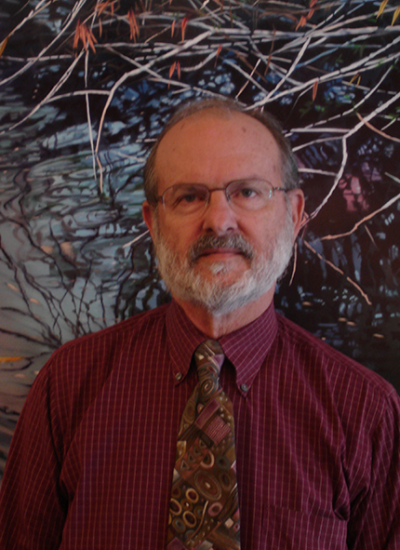John N Galgiani
Professor, Medicine
Professor, Internal Medicine
Professor, Immunobiology
Director, Valley Fever Center for Excellence
Member of the Graduate Faculty
Professor, BIO5 Institute
Primary Department
Department Affiliations
Contact
(520) 626-4968
Work Summary
Valley Fever (coccidioidomycosis) occurs more in Arizona than anywhere else. My research and others at the Valley Fever Center for Excellence involve understanding how disease is caused by infection, how the immune system stops or prevents illness, and how we can better diagnose, treat, or prevent this public health problem.


